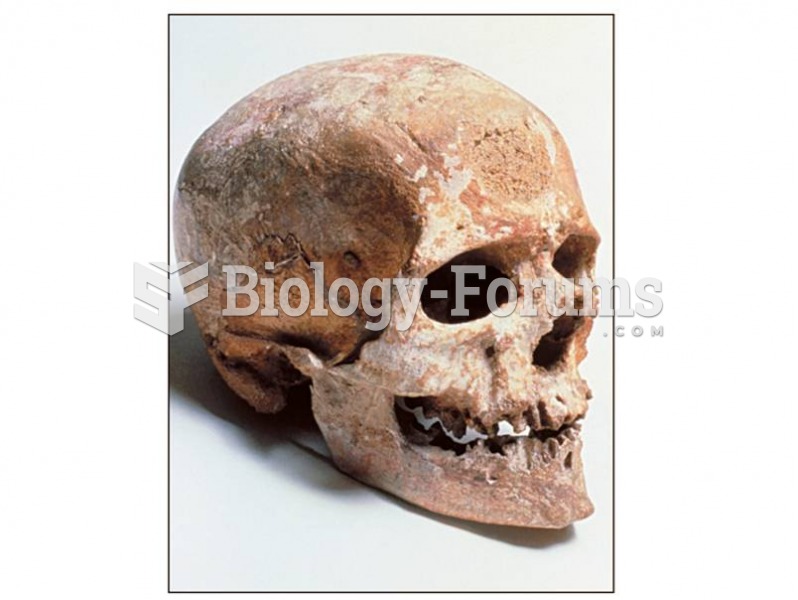|
|
|
Did you know?
Cyanide works by making the human body unable to use oxygen.
Did you know?
Medication errors are three times higher among children and infants than with adults.
Did you know?
Patients who have undergone chemotherapy for the treatment of cancer often complain of a lack of mental focus; memory loss; and a general diminution in abilities such as multitasking, attention span, and general mental agility.
Did you know?
There are 60,000 miles of blood vessels in every adult human.
Did you know?
Earwax has antimicrobial properties that reduce the viability of bacteria and fungus in the human ear.







